The Present of Antiquity. Reception, Recovery, Reinvention of the Ancient World in Current Popular Culture, Edition français-anglais-espagnol
Extraits
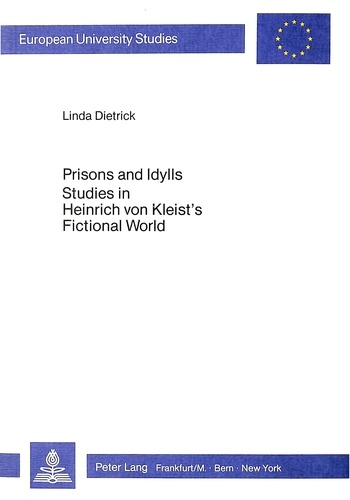
Non classé
Prisons and Idylls
12/1985
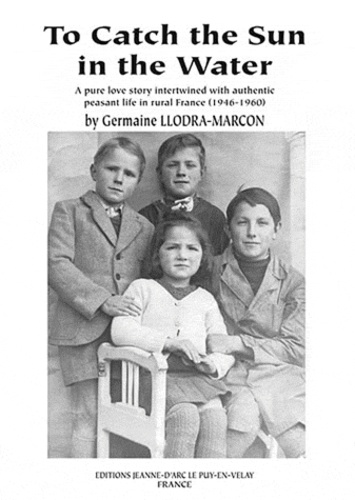
Critique littéraire
To catch the sun in the water
07/2001
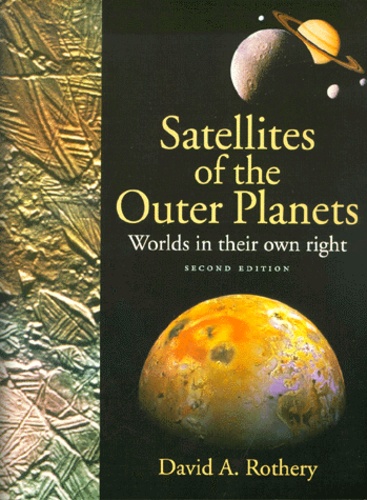
Sciences de la terre et de la
SATELLITES OF THE OUTER PLANETS. Worlds in their own right, Second Edition
01/1999

Histoire internationale
After The Last Ship
04/2014

Critique littéraire
Ancient Greek by Its Translators
02/2022
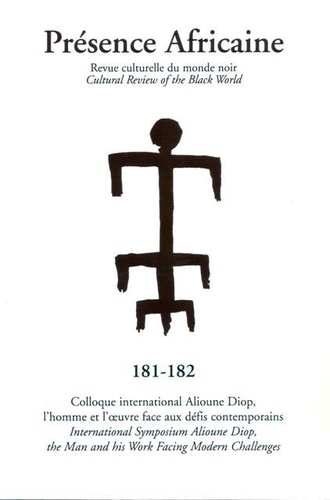
Littérature française
REVUE PRESENCE AFRICAINE N°181-182 - Centenaire Alioune DIOP
03/2011

Non classé
Experimental Social Dilemmas
12/1986
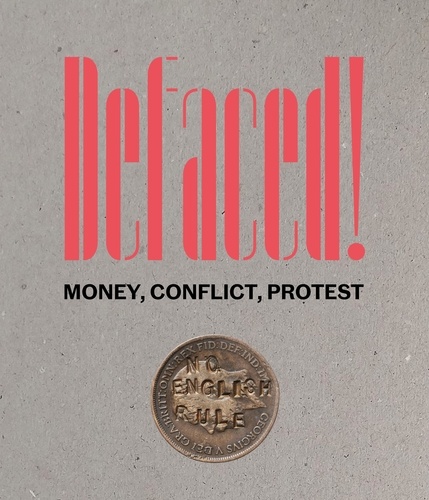
Monographies
Defaced! Money, Conflict, Protest
12/2022
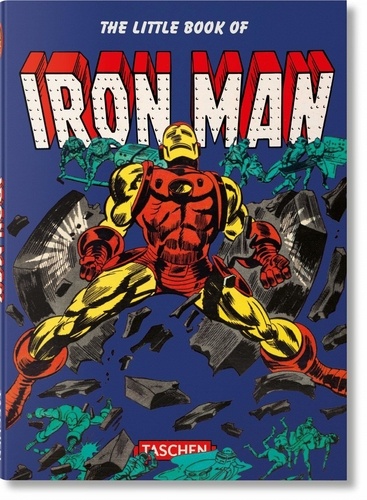
Comics
The Little Book of Iron Man. Edition français-anglais-allemand
06/2018

Lectures bilingues
The King of Gelizia Bogus III. Edition bilingue français-anglais
02/2022
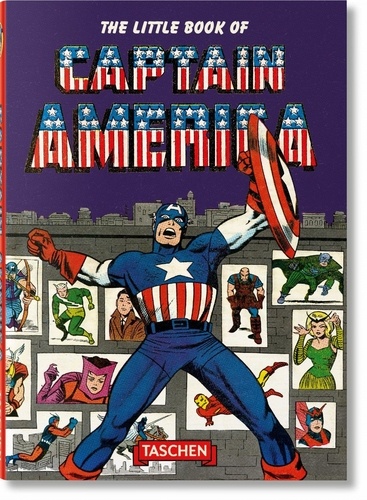
Comics
The Little Book of Captain America. Edition français-anglais-allemand
10/2017
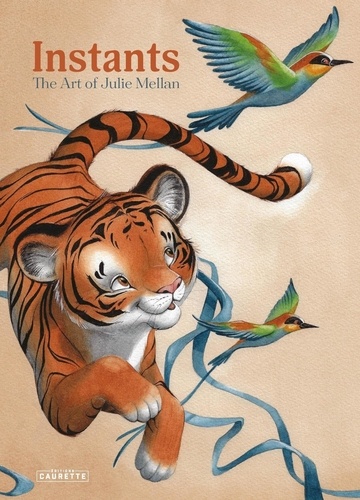
Illustration
Instants. The Art of Julie Mellan, Edition bilingue français-anglais
03/2024
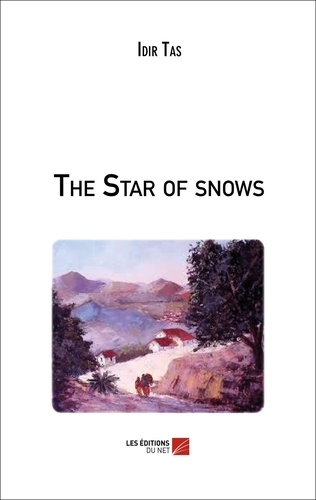
Littérature française
The Star of snows
08/2016
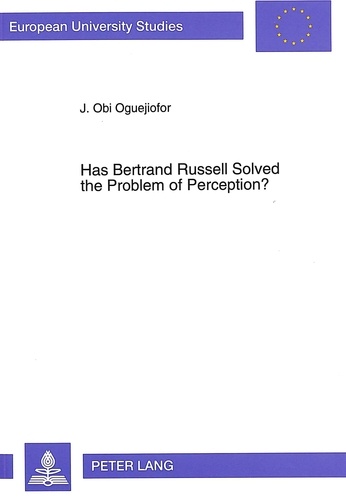
Non classé
Has Bertrand Russell Solved the Problem of Perception?
05/1994
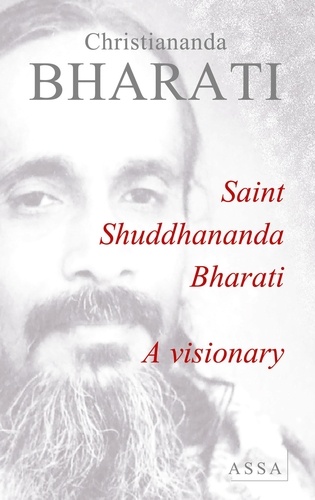
Littérature française
Saint Shuddhananda Bharati A visionary
11/2013
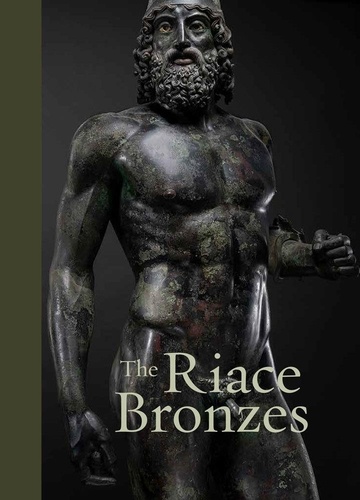
Sculpture
The Riace Bronzes
10/2022

Méthodes
Réussir en anglais 4e. The Hound of the Baskervilles
02/2021

Non classé
Semiogenesis
12/1981

Mouvements artistiques
The Artist Helen Coombe (1864–1937). The Tragedy of Roger Fry's Wife
11/2023

Non classé
How Judaism reads the Torah, III
09/1993

Théâtre
New Territories. Theatre, Drama, and Performance in Post-apartheid South Africa
11/1987
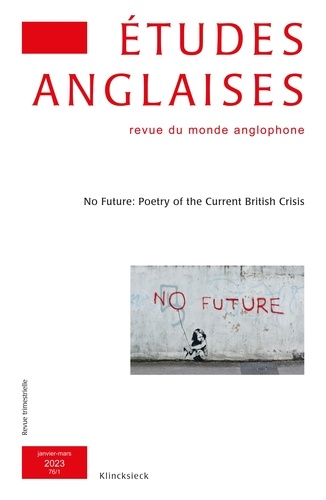
Critique littéraire
Etudes anglaises N° 1/2023 : No Future. Poetry of the Current British Crisis
06/2023
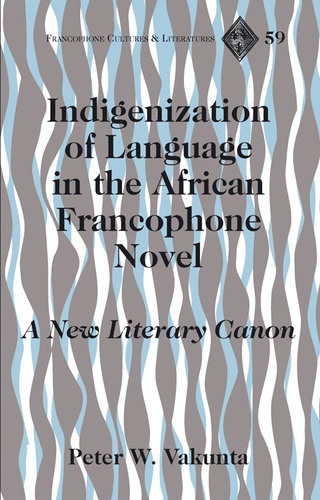
Littérature érotique et sentim
Indigenization of Language in the African Francophone Novel
12/2010
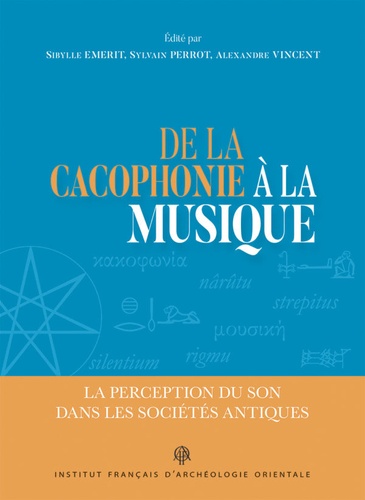
Histoire antique
De la cacophonie à la musique. La perception du son dans les sociétés antiques
11/2022
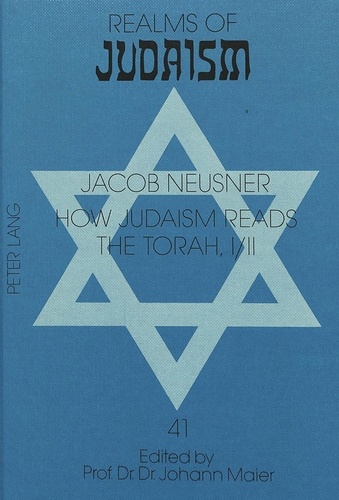
Non classé
How Judaism reads the Torah I / II
10/1993

Indépendants
Windows on the World
01/2022
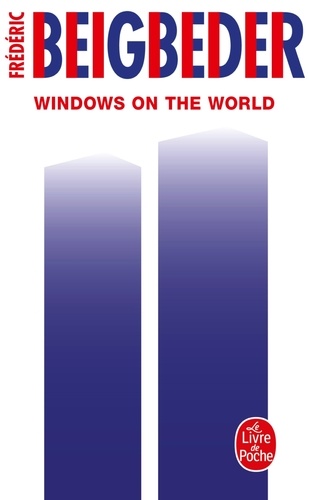
Littérature française (poches)
Windows on the world
05/2015

Art contemporain
LiFang. Edition bilingue français-anglais
12/2023
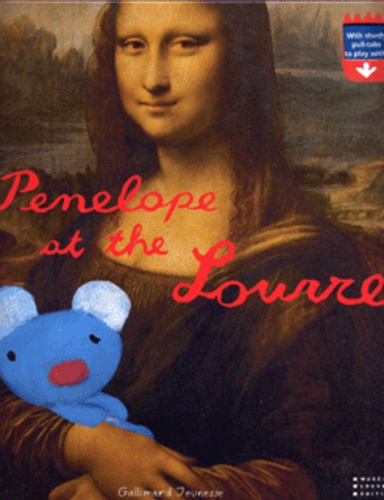
Livres 3 ans et +
Penelope at the Louvre
01/2009

Non classé
Multiple Origins
01/1999
